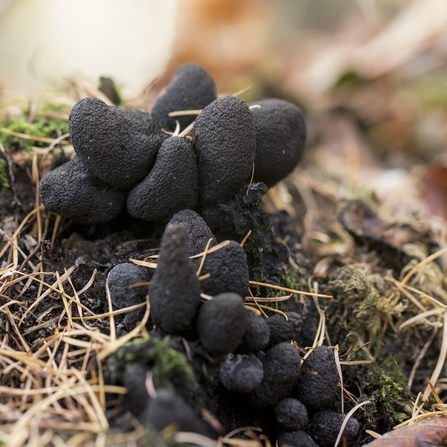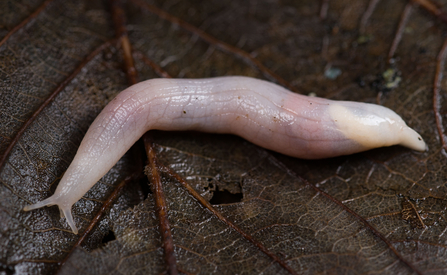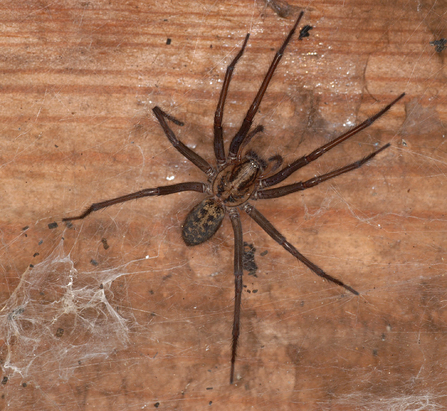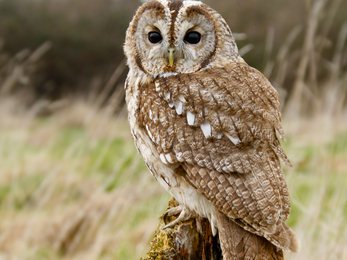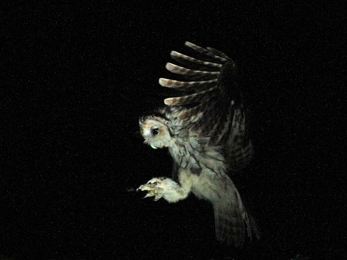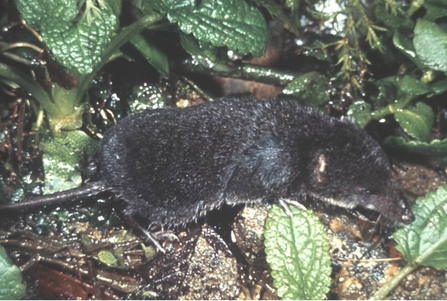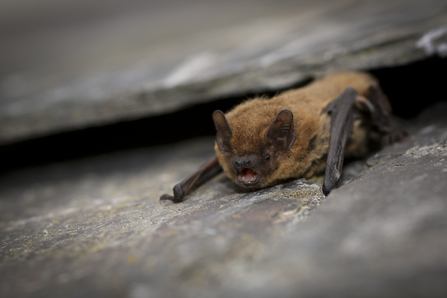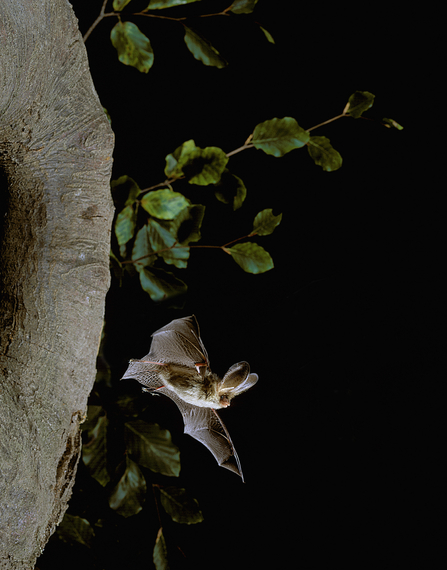Dead man’s fingers (Xylaria polymorpha) is a ghoulish looking fungus that might make you imagine you can see the blackened fingers of a corpse reaching out of the earth! What you’re really seeing are structures known as ‘stroma’ - they are made of dense fungal material and house many tiny fruiting bodies. Autumn is the best time to see Dead man’s fingers and the fruiting bodies of many other fungal species, most recognisably mushrooms. This is because climatic conditions are just right for them to emerge and release millions of minute seed-like spores which are dispersed on the wind.
Incidentally, there is also a marine coral on our shores known as ‘Dead man’s fingers’ (Alcyonium digitatum). Click the link to learn more!


